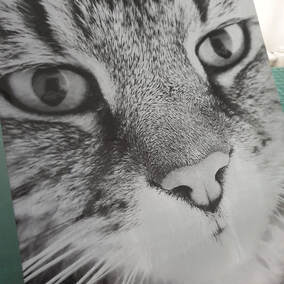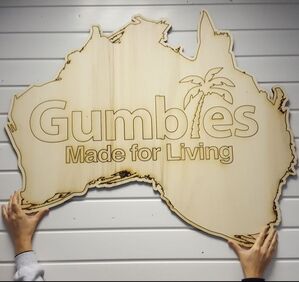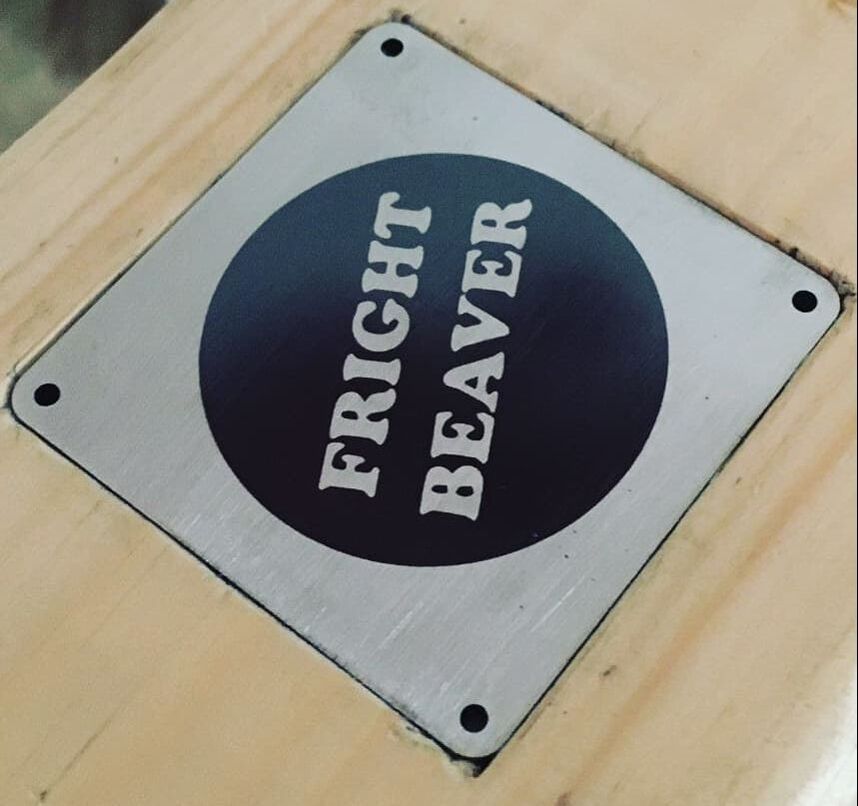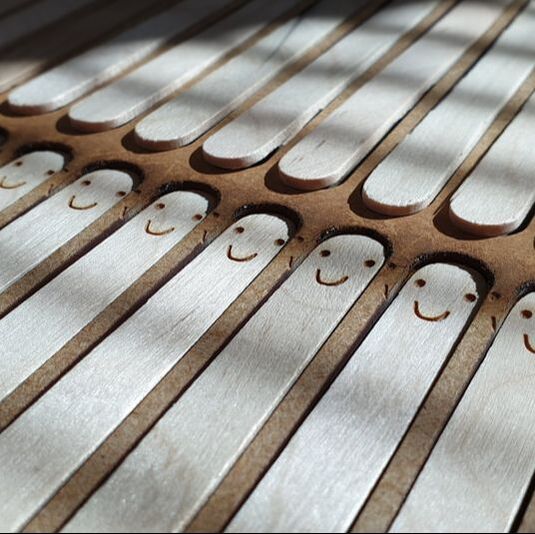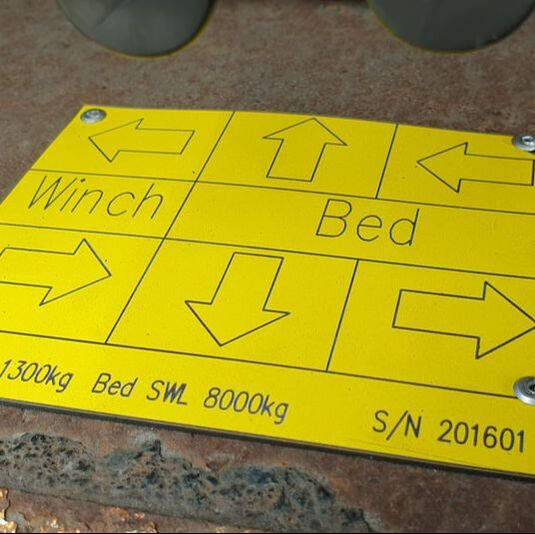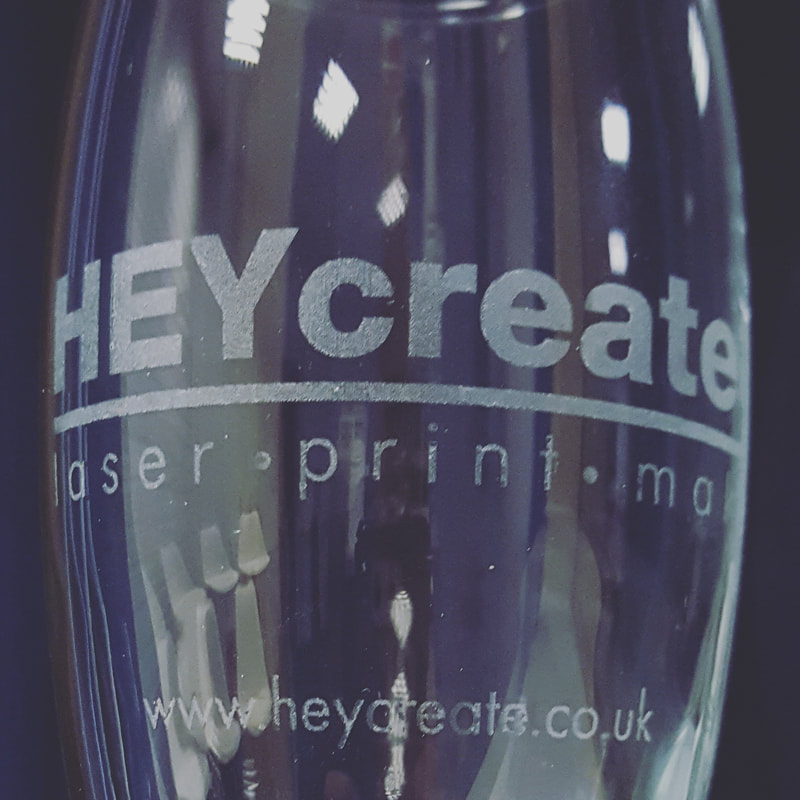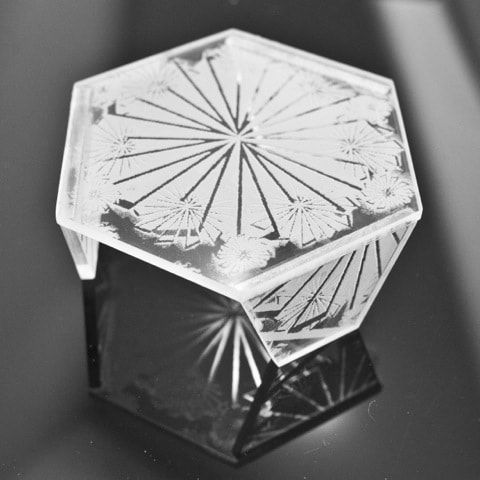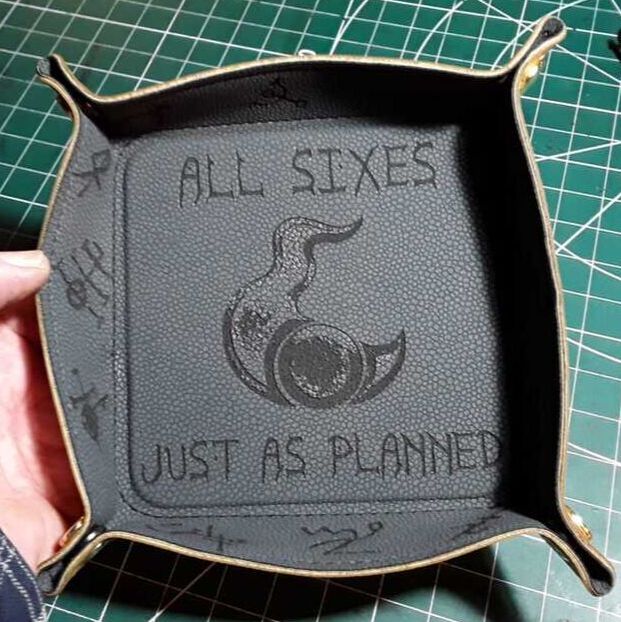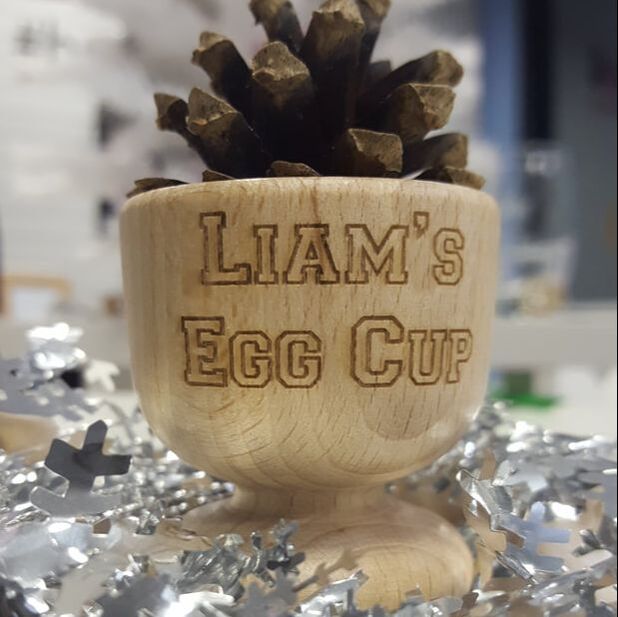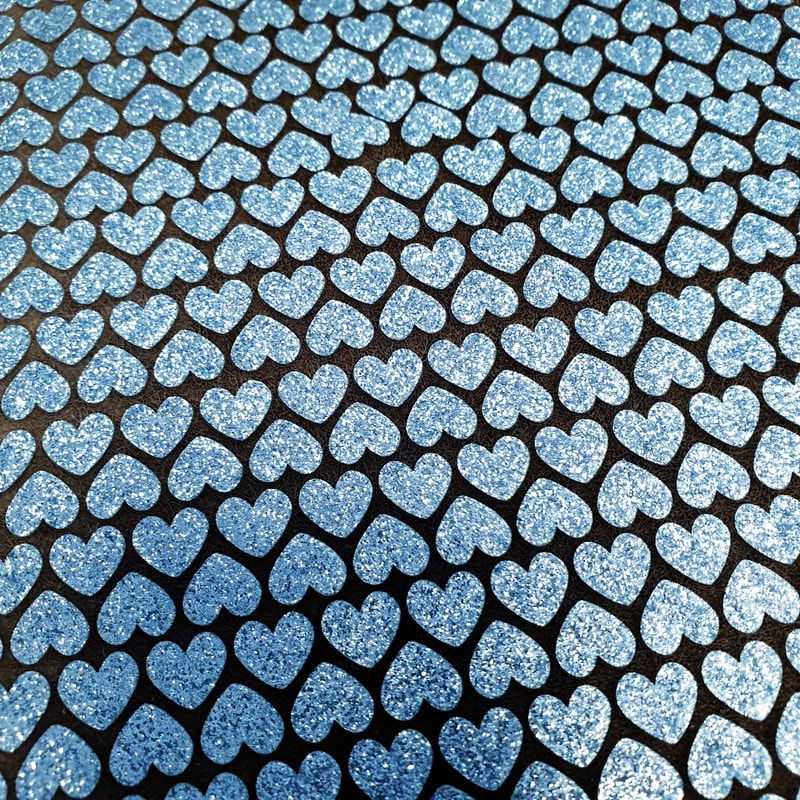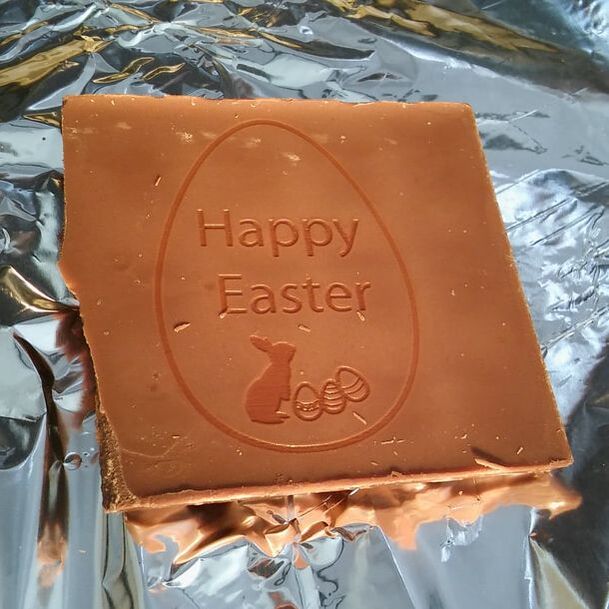Our lasers can be used to rapidly engrave a huge range of materials and items, using 3 main processes. We're experts at managing our laser settings to get the best result possible for our clients based on your requirements and can advise on best materials or settings for a specific outcome, or how to maximize productivity and value for high-volume projects.
With our range of lasers we can easily engrave materials up to 1245x700mm in a single process, or even larger sheets including 8x4' panels and larger using our SP500's pass-through system.
With our range of lasers we can easily engrave materials up to 1245x700mm in a single process, or even larger sheets including 8x4' panels and larger using our SP500's pass-through system.
Engraving types
|
Raster engraving
(area,photo) Raster engraving is the process of the laser acting similar to a black and white printer, engraving graphics and removing areas of material. By modifying a range of settings including power, speed and resolution, the engraving result can be modified for darkness, depth, halftone patterns for photo engraving and even 3D bas-relief effects. Unlike cutting or stroke engraving that requires vector artwork, pixel images like jpegs can be used for raster engraving. Colour images are automatically converted to black-and-white or greyscale for engraving. |
Stroke Engraving (vector, kiss-cut)
Stroke engraving uses vector artwork with power and speed settings that don't cut right through the material to etch lines into the surface. By adjusting power, speed and focus settings the effect can be varied for depth, speed, line width or darkness as needed. Stroke engraving will typically create a darker effect than raster engraving, but is less suitable for very complex or large areas of engraving, and we can advise on which method would be best for your project. |
Marking
(including Annealing) Marking is the process of changing the colour of the material surface without removing material. While most of the materials we can cut can be engraved at a low enough power that it appears to have not removed material (even very delicate materials like paper), the main applications for this process involve fiber marking steel and plastics. Stainless steel can be annealed to produce a permanent black marking with no roughness to the surface for data plates, machine parts and products, and plastics can be marked with customer logos, CE markings and more. |
Materials we can engrave
|
WOOD
Wood is a fantastic material for engraving, and wooden products are very popular for branding, merchandise, personalisation and more. Any wood can be engraved and light woods like birch, beech, poplar or basswood are excellent for photo-engraving, producing a dark high-contrast mark at high speed. As they are soft materials, very deep engravings can be achieved, but by defocussing the lasers we can also achieve a darker effect without removing extra material. Woods may not be ideal for very fine detail engraving due to the wide range of grains, and as a natural material the result can vary, so we will always advise on best types depending on your requirements. |
ACRYLIC
Cast acrylic is one of the main materials we engrave, and for good reason. With a high temperature tolerance, acrylic can produce very finely detailed results, and is available in a huge range of colours and finishes for any creative project. CO2 lasers vapourise the material for depth and a white engraved result, while our Speedy 400's fiber laser produces a very crisp silver result with almost no surface change. Engraved acrylic can also be easily colour-filled with acrylic paint. |
ANODIZED AND COATED METALS
We engrave a huge amount of coated metal products on our range of lasers, including drink bottles and flasks, and electronic component cases. Producing very fine details at a high speed with little to no upfront setup costs, laser engraving makes an excellent alternative to traditional printing processes for labelling like pad-, UV- and screen printing even at very high volumes. Products can be iterated and white-labelled with nothing more than a change of artwork, even mid-production run. |

